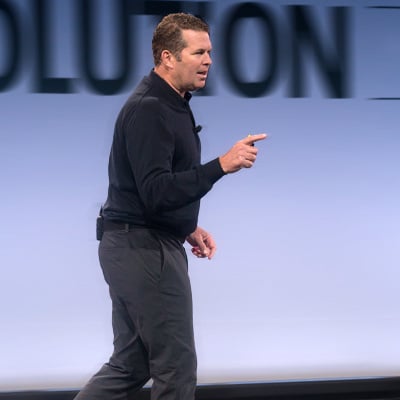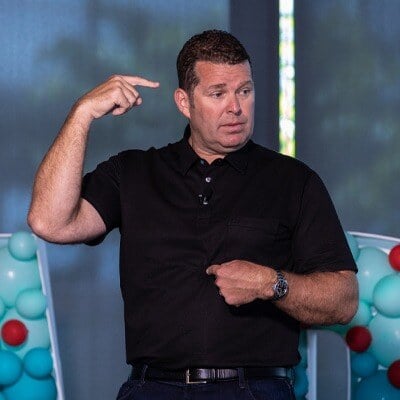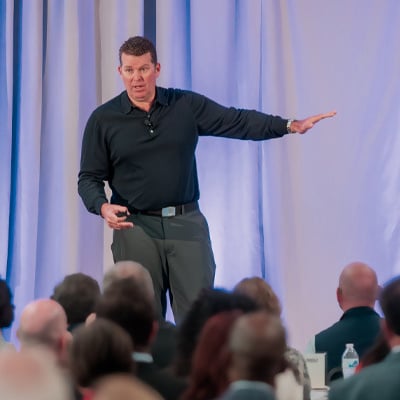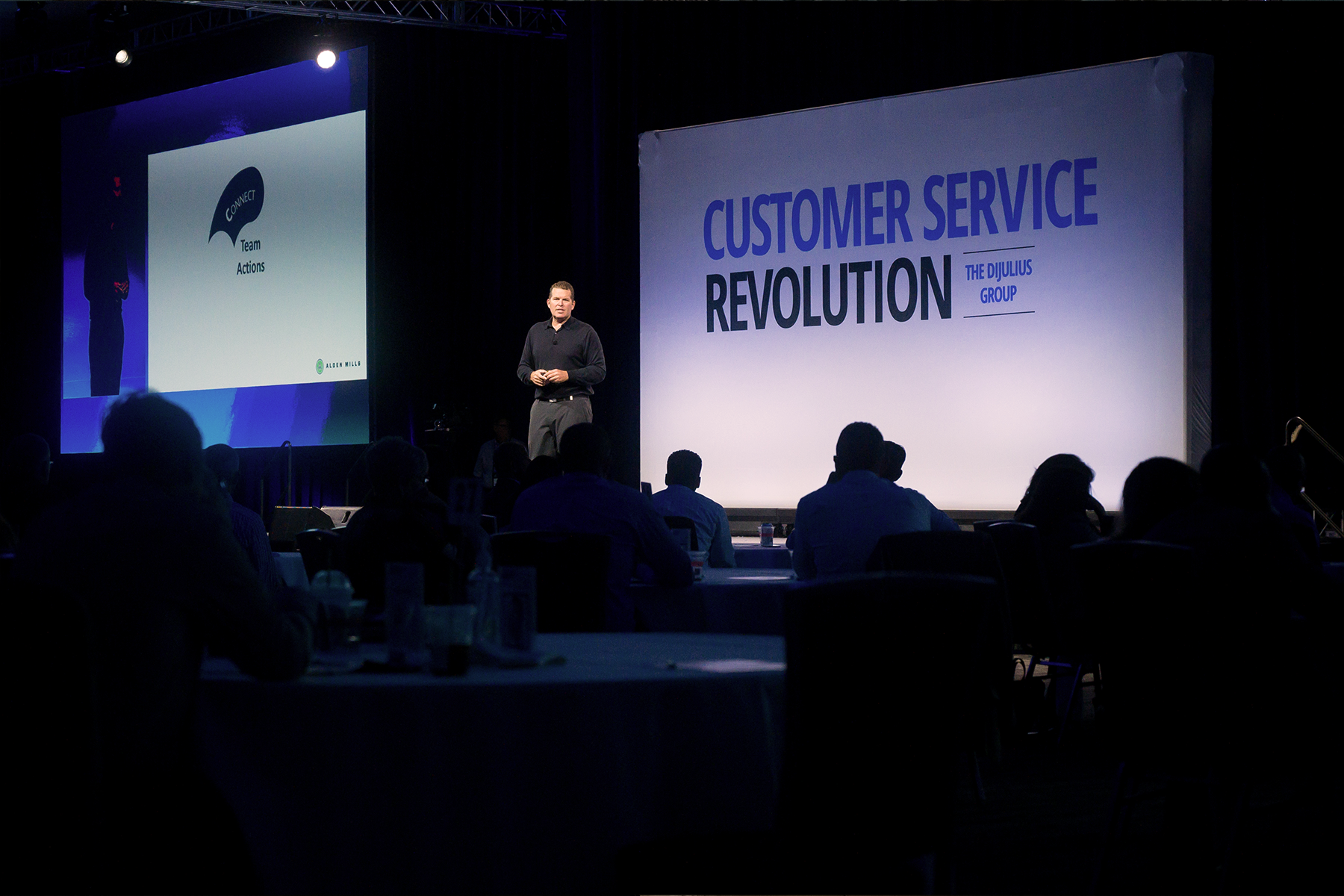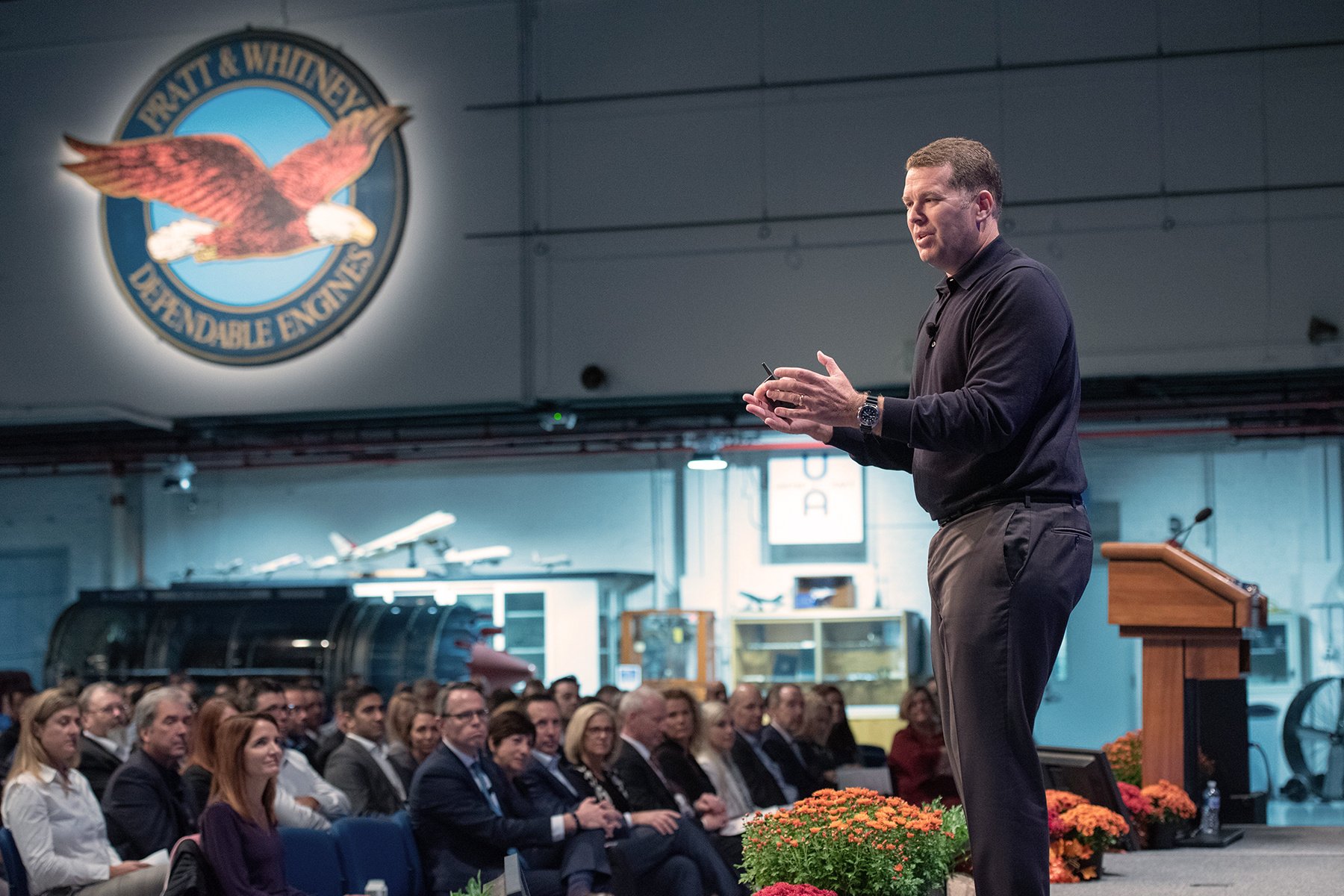Leadership Keynote Speaker Trends and Topics
Bigspeak, AAE, APB, Executive Speakers, Leading Authorities and other speakers bureaus describe leadership keynote speakers as motivational speakers who offer talks about how to motivate teams and individuals, set out a vision and strategy, and inspire groups to work at peak performance towards a common goal. Public speaking is something I’m really passionate about.
At the time this piece was posted in April 2019, I was heading to Vancouver, B.C., where I was speaking at the International Association of Speakers Bureaus (IASB) Conference. I had also just launched my new book, Unstoppable Teams: The 4 Essential Actions of High-Performance Leadership, and was on tour with a number of business speaking and book signing events throughout the country from New York to California. I’m FIRED up!
Since that time, I have delivered dozens of virtual leadership speaker events to audiences seeking fresh focus and proven frameworks to help people achieve exceptional outcomes. In July 2020, Entrepreneur Magazine listed me as the #1 Top Virtual Speaker as the U.S. shifts to virtual events while top leadership speakers and business speakers develop new frameworks.
Unstoppable Teams shows managers of organizations of all sizes, in the private or public sector and in nonprofits, how to use my CARE framework—to connect, achieve, respect, and empower—to inspire, motivate, and lead the people around them, regardless of their level.
At the heart of every unstoppable team’s success lies the four-part CARE framework—how emotional connections are formed, how goals are established and achieved, why mutual respect can become a renewable resource, and how empowerment keeps the team’s momentum rolling.
Lead the One You’re With
The first critical component in building unstoppable teams is building and leading the one inside of you. The closest I ever came to quitting Navy SEAL training had nothing to do with the physical pain—it had to do with the mental anguish of questioning my own ability to lead others. The ability to lead yourself—what I call your platform—is the foundation for leading unstoppable teams.
Whatever you do, your actions will be mirrored and magnified by those you lead, and your actions are a result of the conversation ruminating between your head and heart. Learning to lead this conversation—i.e., yourself—is the first step in leading future teammates.
The Leadership Keynote Speaker Formula: Focus, Feel, Act
There are only three things you can control: your mental, emotional, and physical capabilities. We can’t control the weather, our competition, the marketplace, or our employees. But, we can best control what we think, how we feel, and how we act and/or react to what comes our way.
To lead yourself—to be a great leader, to inspire your team, to feel motivated, and to succeed at improving team performance—focus on what you can control, and decide what you want to react to. What we act on is totally dependent on what we focus on.
Get Inspired, Equipped and Transformed
Alpha Mike is my acronym for starting each day committed to All in–Move out. To go “All in” is to commit your action platform (mental, emotional and physical) to work toward your goal. To “Move out” is to make actions toward your goal happen. No matter what your goal you must do two simple things: commit and take action–that’s what Alpha Mike stands for.
In my leadership keynote speaker engagements, I cover three main topics: leadership, team building, and high-performance training. At the end of the day, I want audiences to leave feeling inspired to achieve more than they originally thought possible.
Learn Why Alden and His C.A.R.E.-based Frameworks Are So Compelling.
Now, more than ever, we need strong teams pulling together to solve some of our greatest challenges—in business and in life. As the #1 top virtual keynote speaker who has beaten the odds to accomplish extraordinary things, Alden’s words of wisdom can help us transform crisis into opportunity and move us all forward to make positive changes and thrive in these challenging times.
Whether you’re looking to create-a-change in yourself or your team, Alden is one of the most sought after keynote speakers who goes beyond motivation to transformation via captivating and interactive experience to help you Be Unstoppable and create Unstoppable Teams. Thanks to over 25 years in business and the military, Alden is uniquely able to teach others how to persist for greater success.
Alden offers keynote speaker engagements via virtual conferences and interactive webinars when your organization is dispersed geographically or working under stay-at-home conditions. From the beginning of the pandemic in the spring of 2020, Alden has delivered dozens of virtual keynotes to audiences of leaders seeking fresh focus and proven frameworks to help people achieve exceptional outcomes.
“This highly-sought 3-time Navy SEAL platoon commander, Inc 500 CEO, and author of best-selling books, including Be Unstoppable and Unstoppable Teams, shares true-life stories and frameworks that have real power to drive change.”
Speaking topics include leadership and teamwork, building unstoppable teams remotely, the secrets and science of persistence, high performance mindset training, and the essential leadership actions you need today. Alden will tailor his speaking topics to deliver the best keynote message that is matched to your organization’s event planning objectives. Feel free to reach out to Alden’s team by email or use the website form to set up a call with him to design his presentation and prepare his best keynote for your audience.
